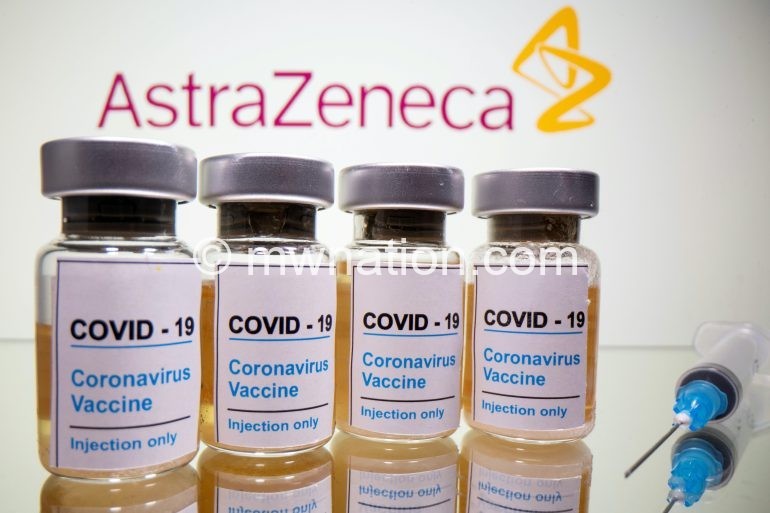The risk of famine
There is a growing concern on the heightened risk of famine in Yemen, South Sudan, the Democratic Republic of Congo and parts of Nigeria. Famine risk has been intensified by various types of disasters, economic shocks and public-health crises, and the Covid-19 pandemic has only made things worse.
Currently, national governments, civil society organisations and international aid agencies use a variety of terms to describe and define an imminent or on-going food-related crisis affecting large groups of people.
These include “hunger”, “severe food insecurity”, “food emergency” and “famine”. But such terminology often creates confusion.
The term “famine” came into English from the Latin fames, meaning hunger, and most dictionary definitions of famine range from extreme/severe/broad/acute scarcity or shortage of food leading to violent hunger to acute shortage of anything. In general, conventional definitions see famine in terms of “mass starvation”, “excess mortality” and “community crisis”.
These tend to emphasise the physiological condition of famine victims, and famine deaths are understood to take place on account of inadequate or total absence of food intake.
Depending on the context in which the term is used, famine will signify different things to different people. However, an all-inclusive and broad definition of famine in its current usage is difficult to operationalise and can cause difficulties in terms of early warning and detection (and declaration) and the ensuing response.
The timing of a declaration of “famine” by a government is particularly important. An early declaration can provide useful information of an imminent crisis and can propel national and international agencies to focus on a specific group or region in the process of mounting an emergency response.
For example, it was only when a famine was declared in Sudan in the mid-1980s that famine relief became a focus of government policy. At other times, a late declaration of famine serves to focus attention on mass deaths already taking place.
In his influential book Poverty and Famines (1981), the Nobel laureate Professor Amartya Sen observed that “Famines imply starvation, but not vice-versa . Starvation is a normal feature in many parts of the world, but
this phenomenon of ‘regular’ starvation has to be distinguished from violent outbursts of famines”.
Two issues are crucial here. First, although starvation can lead to famine, it need not always be so as the process of starvation may be stopped before death occurs. Second, even if a handful of individuals die of starvation it does not qualify as a “famine”.
Of crucial importance, therefore, is not to view famines as an exceptional event with a given time-frame, but rather as a continuous process of undernutrition resulting in mass starvation, disease and finally a full-blown famine.


